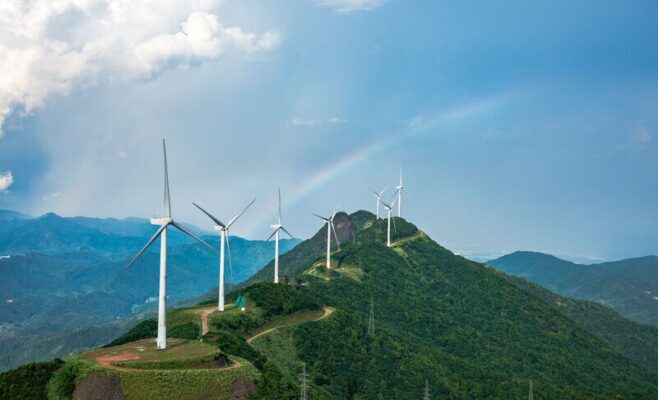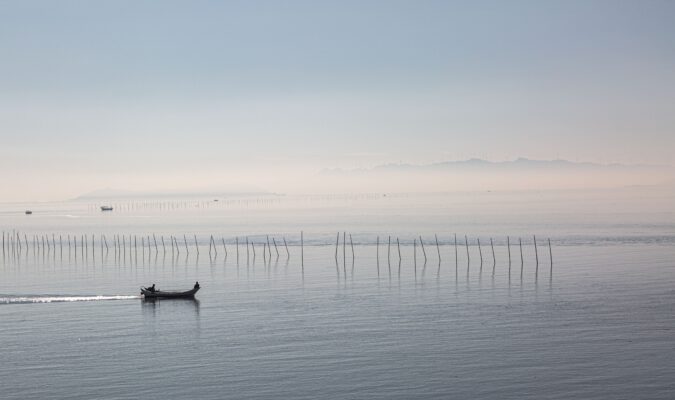The global pandemic has catalyzed significant changes in the wind energy supply chain, leading to project delays and higher turbine prices. The conflict between Russia and Ukraine, along with resulting inflation, has further amplified these problems. For instance, leading industry player Vestas reported a significant 29% increase in the prices of their wind energy solutions in its 2022 annual report. However, it is worth noting that challenges like these often lead to innovation and adaptation in the industry.
Opportunities for financial optimization
Many OEMs are currently dealing with financial challenges, compelling them to restructure and reevaluate their strategies, particularly in the aftermarket — a traditionally profitable segment of their business. There is a noticeable pivot towards more profitable regions and the optimization of full-scope contracts. This shift aims to give asset owners greater control over major component replacements and maintenance. Consequently, as a strategic adaptation, asset owners are presented with an opportunity to improve their self-operation capabilities. This aligns with emerging market trends, which forecast a diversification in turbine servicing, expanding beyond the conventional domain of OEM market share.
Turbine reliability
The reliability of turbines is a growing concern in the industry due to aging infrastructure, the rapid scale-up in turbine size, and expedited design cycles for new technologies. Rushing to meet market demands with new designs has led to more frequent equipment failures and raised concerns about long-term durability. This situation has catalyzed a shift towards a more proactive approach: By incorporating additional sensors to monitor a wider range of components, asset owners are now better positioned to predict and prevent potential failures, thus ensuring the sustainability of future operations. Additionally, the adoption of online monitoring systems is transforming maintenance practices. These systems enable remote performance tracking of components, significantly reducing the reliance on physical inspections and further streamlining operational efficiency.
Regulatory hurdles
The process of obtaining permits to build turbines, especially in the European Union, is a significant bottleneck that delays the development of wind farms. Often, the time spent navigating these bureaucratic requirements is considerably longer than the construction phase of a wind farm. This predicament is not unique to Europe; in the United States, the situation is similarly complex. Although the Inflation Reduction Act (IRA) seeks to promote the development of new renewable energy projects, including wind farms, it inadvertently introduces an array of regulatory demands. These protracted permitting procedures are impeding the timely construction of wind farms, thereby undermining efforts to meet renewable energy targets. To address this problem, a reevaluation of policies and a concerted effort to streamline the permitting process are imperative, both within the framework of the IRA in the United States and in comparable initiatives worldwide.
Talent acquisition and development
The industry is currently facing a shortage of skilled labor. This issue is compounded by the often remote locations of wind farms, which make it difficult to attract and retain the necessary talent. The shift towards remote working environments in various industries has further escalated this challenge by intensifying the competition for specialized skills, leading to higher recruitment costs and increased employee turnover. In an effort to address these issues, the wind industry is increasingly turning towards digitalization and skill transfer initiatives. Digitalization, particularly in areas such as fault finding, is expected to streamline operations, allowing teams to dedicate their efforts to more strategic tasks. Meanwhile, skill transfer initiatives are aimed at bolstering the number of qualified professionals within the sector.
Digital transformation
The digitalization of the industry, accelerated by the pandemic, is focusing on integrating digital platforms like advanced analytics and condition monitoring systems to enhance asset management and maintenance. This shift requires merging data from various sources for better decision-making and operational efficiency. The industry, now more open to digital solutions, must seamlessly integrate these technologies into daily operations and reporting to optimize maintenance and overall performance.
Lower-cost alternatives
The emergence of Chinese-made turbines in the global market presents both opportunities and challenges. These turbines, often more cost-effective than their Western counterparts, are reshaping market dynamics. While there are ongoing discussions about their reliability and the extent of aftermarket support, these aspects open avenues for continued improvement and collaboration in the global energy sector.
Chartering a sustainable path
By embracing change, driving innovation, and fostering collaboration, the wind industry is securing its own future and also contributing significantly to an energy landscape with ample wind power.



